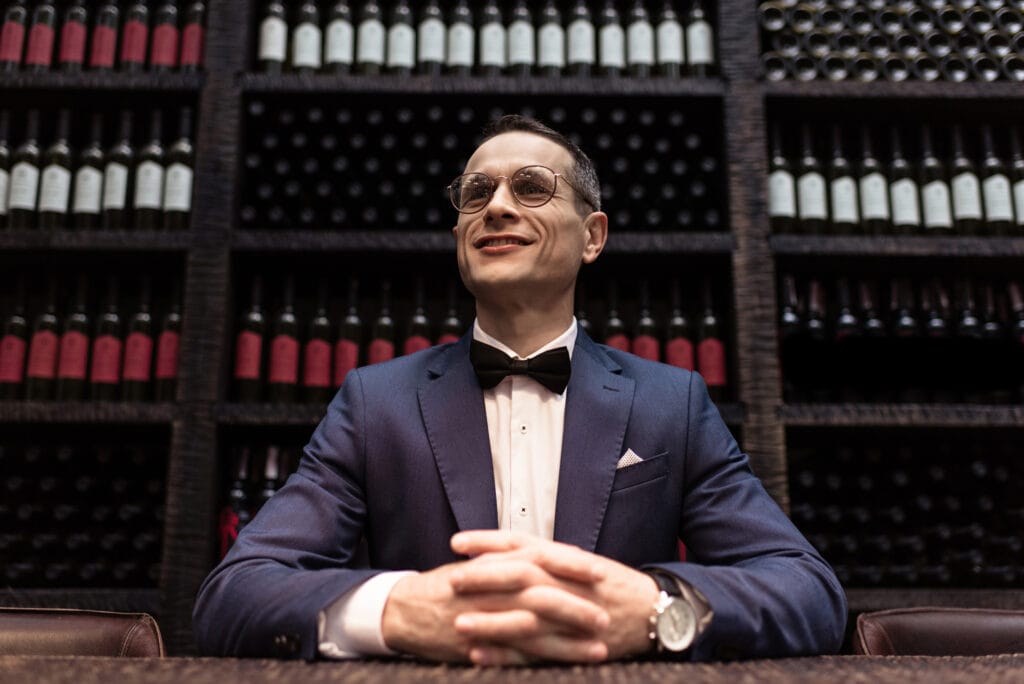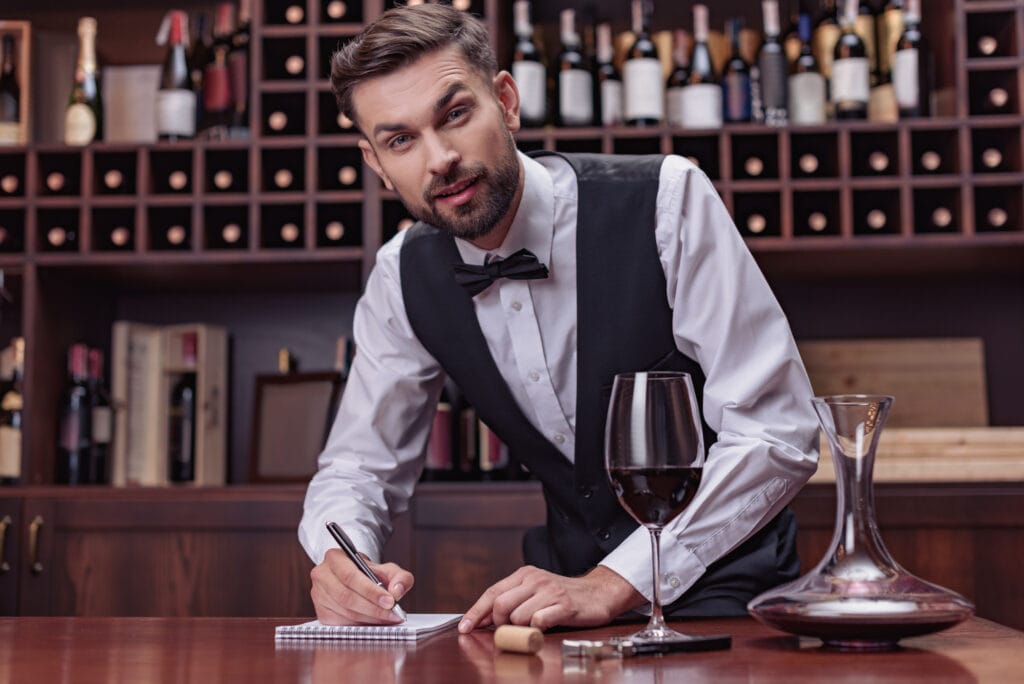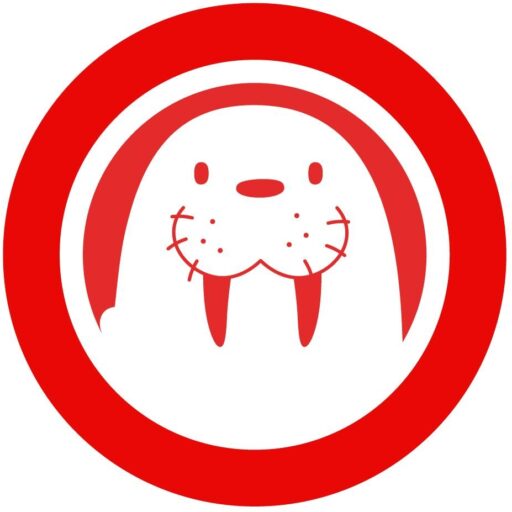We often think that the World of Wine is reserved only for specialists who understand all its aspects. However, we want to say that this isn’t necessarily the case.
Participating professionally in a wine tasting requires learning that comes with practice and time. It’s very important to use all your senses to analyze wine and truly interpret all the nuances it contains.
What is a Wine Taster?
A wine taster is someone who primarily evaluates wines and assesses their taste properties. They work at different moments during the wine’s lifecycle. Some are part of specialized committees within wine appellations and carry out the necessary tests for the evaluation and certification of wines or corresponding vintages.
In wine competitions and major events, wine tasters are also employed to determine which wines receive gold medals or other recognitions. Here, it’s common to form tasting panels with people who are more or less trained in the art of wine tasting, but who are considered representative of the general public (for example, journalists, chefs, etc.).
Independent wine guides also employ wine tasters. Here, wine tasters typically work more or less full-time (sometimes the core team is supported by regional experts in each area) because they seek to maintain uniform criteria within the same guide.
Another type of wine taster works for specialized magazines. Here, they perform an educational role, and their work consists more of bringing wines closer to consumers.
As you can see, the profiles of wine tasters are quite varied. Few dedicate themselves to this activity full-time.
What Does It Take to Be a Wine Taster?

A wine taster needs to be very meticulous and able to evaluate the characteristics of each wine separately. On scoring sheets, you’re asked about specific characteristics. Simply saying “I like this wine” or “it’s good” isn’t enough. You must examine each parameter of the wine separately, and this requires significant training to do well.
What Do You Study to Become a Wine Taster?
There’s no standard that dictates exactly what you need to study. Many enologists, journalists, chefs, or sommeliers act as de facto wine tasters. Wine lovers do it too. That said, a professional wine taster has likely followed advanced courses at a professional tasting school, such as the Wine & Spirit Education Trust (WSET) from England.
A sommelier and a wine taster are figures in the Wine World with similar but different roles.
What is the Process of Wine Tasting?
The wine tasting process is both complex and straightforward. It consists of three phases that must be carried out to properly assess and analyze all aspects that each wine can offer. The tasting process requires a sharpness of all senses, especially visual, olfactory, and gustatory, as all three are essential to conducting a tasting like an authentic wine taster.
The way to start is very important, as you need to consider serving the wine at a 45º angle so that from the beginning, you can see how it’s poured.
As you likely already know, the tasting consists of 3 phases:
Visual Phase
In this first phase, you must evaluate the following aspects:
Intensity
Depends on the amount of color the wine has.
Clarity
When analyzing this aspect, we’ll consider whether the wine is clean or not. For this, we’ll see if it’s cloudy, if it has any brilliant tone, or any aspect that affects its color.
Color
In this aspect, we’ll need to consider the type of wine it is. In white wines, we can find brownish, yellowish, greenish colors… In rosé wines, tones ranging from raspberry pink to salmon pink, etc. Finally, in red wines, the most common tones are purple, cherry red, garnet, ruby, or violet.
Tears
These are the droplets that remain on the surface of the glass and trickle down after gently swirling the wine. The number of tears in the glass will depend on the wine’s alcohol content. If its graduation is high, its density is high, so they will fall slowly.
Effervescence
Although not all wine is a carbonated drink, sparkling wines produce a series of bubbles when served; this is the process in which carbon dioxide is released from the wine.
Olfactory Phase
Without agitating or moving the glass much, we bring it to our nose to try to identify the wine’s aromas, which are called primary aromas. There are different aromas depending on the origin of the wine: grape varieties, terroir, etc.
Next, after gently swirling the glass, we’ll try to identify the secondary aromas; those that come from the wine’s fermentation.
Finally, there are the tertiary aromas. These are the most difficult to find, even for a professional wine taster; they are those that come from the development and aging of the wine.
Gustatory Phase
In this phase, the wine reaches the mouth. With a very small sip, we’ll move it from one side of the mouth to the other, trying to let the wine reach all parts to perceive the flavors.
One of the aspects we’ll observe in this phase is the texture of the wine. The feel that the liquid leaves as it passes through our mouth.
After swallowing or spitting out the wine, it’s very important to exhale through the nose. This will make us feel sensations in the mouth, which are different for each person; even a wine taster may not agree with others.
How Can I Learn to Taste Wine?
With practice and time. Learning to taste wine will not only help you understand how to distinguish between different types of wines. It’s also a good way to start enjoying them in a more special way. You’ll learn to better recognize the different notes, aromas, and sensations that this beverage awakens.
In wine tasting, as mentioned, we must clarify all sensations. If possible, avoid perfumes so they don’t affect your sense of smell. Similarly, it’s advisable that the place where the tasting will be held is well-ventilated and well-lit so that your vision can perform at its maximum. If several wines are to be tasted, it’s best to do so in different glasses.
Do “Tasting” and “Savoring” Mean the Same Thing?

While in a strict sense they are synonyms, we’ll differentiate these two key terms commonly used in the Wine World.
Are we going to taste or savor a wine? Are we conducting a tasting or a sampling? Are these terms with subtle differences?
Surely, you’ve asked yourself this question more than once.
At first glance, the verbs TASTE and SAVOR are synonyms. However, the first gives a more technical and professional connotation. The second, on the other hand, relates to more relaxed social gatherings in wineries, restaurants, wine shops, hotels, and even private homes.
The Sampling
In short, sampling is a purely hedonic (aesthetic) act. In modern times, it has become a meeting point to make friends, a moment of romance, and to experience stories of all kinds. It can be in charge of anyone because it’s a completely subjective act.
In contrast, technical appreciation is an objective act. Therefore, whoever performs it must be clear about the purpose of the tasting, possess knowledge of elaboration, possible alterations or diseases that the wine may suffer, components, handle precise vocabulary, and formulate a judgment that allows for a specific action.
Here lie the main differences. While TASTING relates to technical analysis, SAVORING is associated with a good time with a glass of wine in hand.
The Tasting
Normally, work is done in an intimate setting. The judgment of a single taster is not always representative, and the participation of a specialized panel is necessary to draw conclusions. Who are these specialists? Winemakers, sommeliers, enologists, or related professionals seeking a specific purpose.
Determining a type of wine, evaluating its quality, recognizing its origin characteristics, following its evolution over time, evaluating its evolution procedures, and even selecting future blends or cuts are just some of the objectives of professional tasting.
Where is a Tasting Conducted?
In a calm place, where tranquility prevails, very well lit (with a color tone as close as possible to natural light) and with air conditioning with temperatures ranging between 18 to 20ºC, in tandem with a relative humidity of 60%.
Likewise, work must be done in silence and individually before the common discussion. Only after all participants have formed an idea of their own tasting report will the different aspects be debated. Without pressure or conditioning.
Between 30, 40, or up to 50 wines can be professionally tasted per day. In some cases, more. This is because the wine is not ingested; there are spitters (small buckets) to spit it out.
On the other side, sampling has become a great meeting point among friends, couples, and epicurean palates looking to relax in a pleasant, relaxed environment.
In general, they are organized by different wineries, during the week (Wednesday, Thursday, for example), during post-work hours (7 PM/8 PM). Here, the goal is to have a good time, enjoy four or five wines (no more, because they are drunk).
Similarities Between Tasting and Sampling
Something in common between tastings and samplings is the way the samples are presented. They always go in increasing order in terms of aroma, age, and sugar content. From lesser to greater. For example, if we have a tasting or sampling of red wines, light or mild varietals like Pinot Noir or Merlot without barrel aging should be served before a Petit Verdot or Tannat with oak aging.
Wine lovers or epicures await samplings with great enthusiasm. They usually go happily, fully willing to live a few hours of pure good living. Therefore, many want to stand out by commenting on the organoleptic characteristics of the wines chosen by the winery.
Sampling is a less technical tasting, where you can evaluate the parameters of the wine, but where there is also a subjective parameter. Here you can say whether you like it or not.
In both, you make a judgment, more or less objective; both judgments are valid depending on the moment you’re in.


